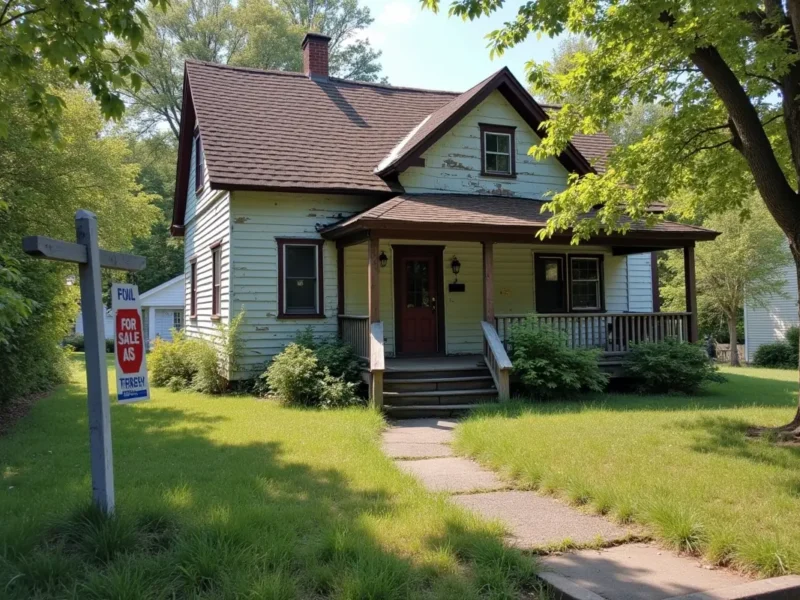What if you could build your dream family home from the ground up? No limitations. No outdated finishes. Just a space that works perfectly for the way your family actually lives.
It’s not just about square footage or fancy extras. A true dream home brings comfort, function, and a sense of ease into everyday life. It should feel like it was made just for your family — because it was.
Here are eight essential elements that take a house from nice to everything you’ve ever wanted.
Contents
- 0.1 1. A Practical Floor Plan That Fits Your Life
- 0.2 2. A Kitchen That Brings Everyone Together
- 0.3 3. Enough Storage So Things Actually Stay Tidy
- 0.4 4. A Living Area That Grows With Your Family
- 0.5 5. Bedrooms That Give Everyone Breathing Room
- 0.6 6. Bathrooms That Don’t Cause Morning Chaos
- 0.7 7. A Backyard Built for Actual Use
- 0.8 8. Room to Adapt As Life Changes
- 1 Built For Real Life, Not Just For Show
1. A Practical Floor Plan That Fits Your Life
This one matters more than any luxury feature. A dream family home starts with a layout that actually works for your daily routines and habits.
When you’re looking into building from scratch and searching for the best home builders near me Minneapolis, it’s worth spending serious time on floor plan options. A builder who understands local families and how they live can help shape a layout that works in real life, not just on paper.
Consider where you spend the most time. An open-plan kitchen and living area might keep things flowing smoothly during busy mornings, while a quiet zone for bedrooms helps when winding down at night. If your kids are small, having their bedrooms close to yours is ideal. For families with teens or multigenerational households, separation and private nooks might be better.
Also think about how you enter the home. Is there a drop zone for backpacks and shoes? Can groceries be carried in without trekking through the entire house? It’s the small, everyday movements that make or break the experience.
2. A Kitchen That Brings Everyone Together
In a busy family home, the kitchen gets more use than almost any other room. It needs to handle everything from rushed breakfasts to weekend baking and quick weeknight dinners.
You’ll want space for more than one person to move around comfortably. A good kitchen layout keeps the essentials within reach — fridge, sink, stove — so you’re not walking laps to get things done. Add in enough counter space for prepping and packing lunches, plus a central island if the space allows. That becomes a spot for homework, snacks, or a chat while dinner’s cooking.
Storage is key here too. Deep drawers for pots, pantry space for snacks, and cabinets that don’t overflow after a grocery run all help keep it under control.
3. Enough Storage So Things Actually Stay Tidy
A beautiful home still needs places to hide the chaos. Without enough storage, even the most carefully designed home will start to feel cluttered.
You don’t need a giant garage full of bins. What you do need is smart, well-placed storage that suits your lifestyle. Think about daily routines, where backpacks get dropped, where winter boots end up, and where laundry piles up, and design around those friction points.
A few practical ideas: a mudroom with cubbies, closets in the right places, deep shelves in the laundry, and built-in living room storage. The goal isn’t to have more stuff. It’s to have a home where everything has a place, and it’s easy to keep clean because it’s designed to be.
4. A Living Area That Grows With Your Family
Your living room is more than a place to watch movies. It’s where birthdays happen, where kids build forts, where the family crashes after a long day.
Choose a space that can flex. That might mean a layout that flows easily into the kitchen or dining area, with enough light and room to rearrange furniture as needed. A space that’s too fixed or cramped might work now, but feel restrictive in a few years.
You don’t need something oversized, just smartly designed. Consider built-in shelving or media storage, space for a reading chair, and a layout that allows for movement. As your family grows and changes, your living area should adapt right along with it.
5. Bedrooms That Give Everyone Breathing Room
Every family member deserves a space that feels like their own. That means bedrooms that offer more than just a bed and a door.
Start with the basics: enough space to actually fit furniture, plus closets that hold more than just one season of clothes. Then think about how the layout of the bedrooms works in context. Are you waking up toddlers in the night every time you walk past? Are teens trying to sleep next to the main living area?
A great primary bedroom can become your quiet retreat. It doesn’t need to be massive, but space for a chair, good lighting, and a calm feel all help it feel separate from the chaos. Kids’ bedrooms should have room for school supplies, toys, or whatever phase they’re currently in. If you plan it right, those rooms can grow with them for years.
6. Bathrooms That Don’t Cause Morning Chaos
Mornings can feel like a traffic jam without enough bathrooms. A dream home isn’t complete unless it makes the everyday routine easier.
Here’s what helps:
- One bathroom per two bedrooms – This keeps things moving on busy mornings.
- Separate powder room – Essential when guests are over, so your family bathrooms stay private.
- Double sinks – Especially in shared bathrooms. No one wants to fight for mirror space.
- Storage – Vanities with drawers, wall shelving, and tucked-away nooks all help keep clutter off the counters.
A well-planned bathroom doesn’t have to be fancy. It just needs to be functional, with enough space and smart design to support real life.
7. A Backyard Built for Actual Use
It’s easy to think of the backyard as bonus space, but when it’s thoughtfully designed, it becomes part of your daily life.
Level ground for kids to run around, a patio for meals outside, a small garden or shaded corner for relaxing… these features are simple but impactful. You don’t need an elaborate outdoor setup. You just need it to be usable, safe, and suited to your climate.
Also consider things like privacy from neighbors, good lighting, and low-maintenance landscaping. The right setup can give your family extra room to breathe without adding hours of upkeep.
8. Room to Adapt As Life Changes
A truly dream-worthy home doesn’t lock you into one stage of life. It gives you options. This might mean an extra room that serves as a playroom now, then becomes a guest room or office later. Or maybe there’s space above the garage or in the basement that you can finish down the line. The point is, you shouldn’t have to move every time your needs change.
Flexible space is one of the most overlooked but valuable parts of smart home design. You might not know exactly what you’ll use it for today, but you’ll be glad it’s there tomorrow.
Built For Real Life, Not Just For Show
A dream family home is more than a checklist. It’s a space that makes daily life smoother, moments more enjoyable, and growth more manageable.
It should reflect how your family lives, not just now, but into the future. That’s what turns a house into something lasting. When you plan with intention, and work with people who understand your needs, you don’t just build something beautiful. You build a home that actually works.



